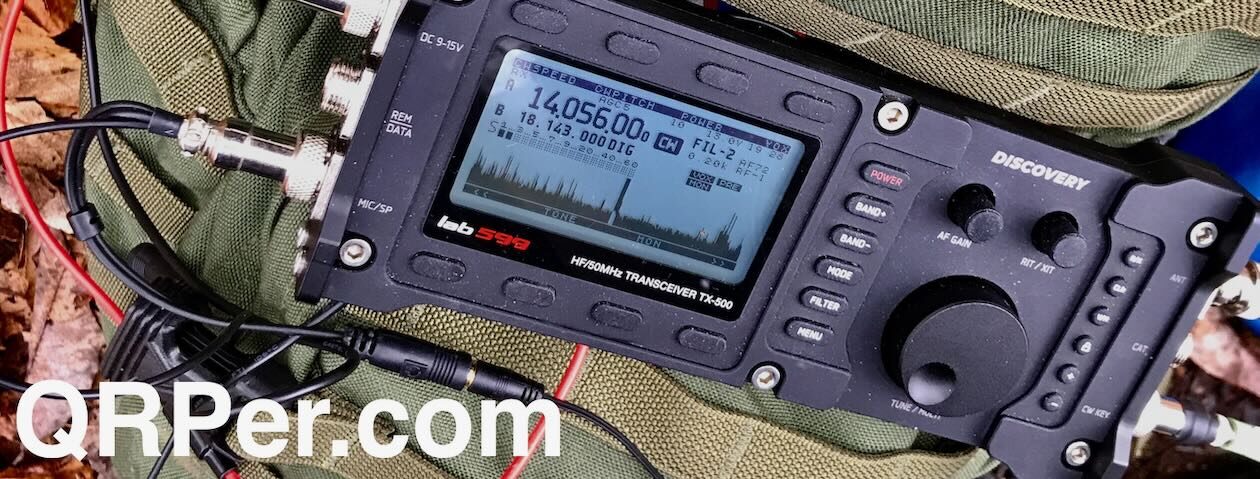 (As is my usual, this article has a bunch of links – click on as many as you wish to receive the full experience)
(As is my usual, this article has a bunch of links – click on as many as you wish to receive the full experience)
by Vince (VE6LK)
In May of 2023 I embarked on a two week vacation to Hamilton Ontario, the city of Waterfalls. And I found myself with a spare 30 minutes so I decided to squeeze in an activation.
And as I am an opportunist, I made this decision at 23:25’ish z and I had not yet arrived at the park but the target was only a few minutes away! I would have until 23:59:59z to complete it if I were to be successful. “It’s time to break out the Elecraft AX1 antenna I bought at Hamvention last week“ I think to myself. It would be my first time using the antenna. I had pre-read the instructions and knew what had to be done in order to set it up.
The whole thing would unfold like a Formula 1 pit stop, albeit a wee bit slower <grin>.

I arrived at VE-5351, The Battle of Stoney Creek National Historic Site and began to scout a location. Pausing only long enough to snap a few photos, I parked and immediately got to work. Continue reading Pit Stop Style Activation with Elecraft KX3 and AX1






































